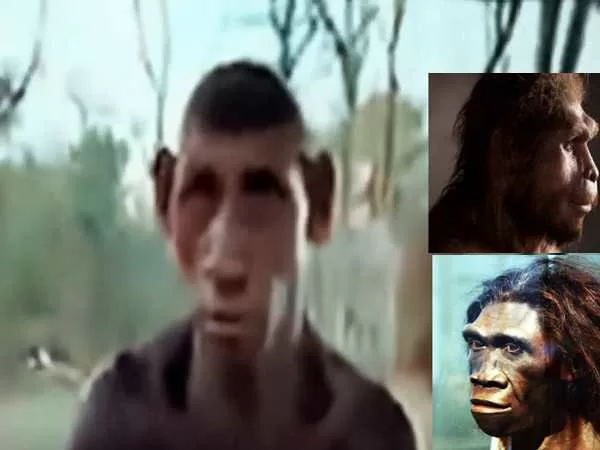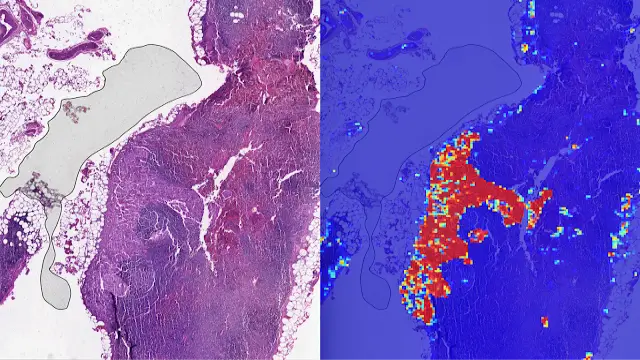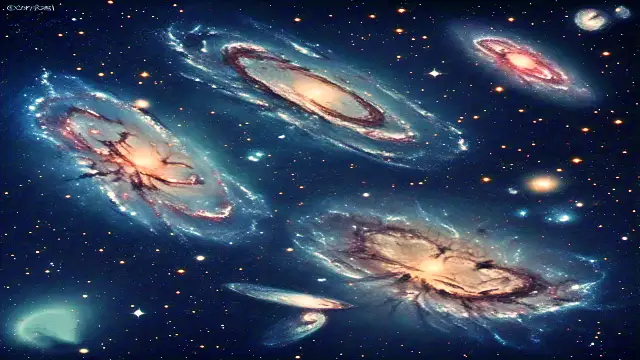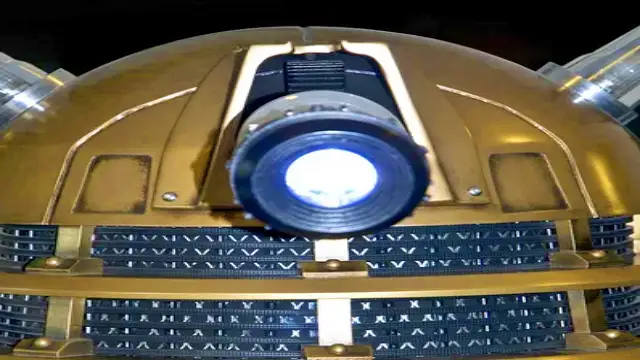For decades, scientists have been fascinated by the search for the elusive “missing link” in human evolution—the hypothetical bridge between humans and their apelike ancestors. From fossils to myths, the pursuit has led to the emergence of various humanoid creatures being named as potential candidates for this missing link. Figures like Bigfoot, Sasquatch, and Yeti have become cultural icons. Yet, no concrete physical evidence has ever emerged to support these creatures’ existence or their role in human evolution. However, in the 1930s, a new contender was introduced to the world—a man named Azzo Bassou from Morocco, who some claimed might be the last living Neanderthal.
Key Points
Azzo Bassou: “The Last Living Neanderthal”
In 1931, the local press in Marrakech, Morocco, brought attention to a man named Azzo Bassou, who lived in the valley of Dades, near the town of Skoura. His peculiar appearance and primitive lifestyle led people to speculate that he might be a living relic of an ancient human species. He was quickly dubbed by some as “The Last Living Neanderthal.”
Unlike the mythical creatures of the past, Azzo Bassou was a real person. To the city locals, he was not a stranger, though he was certainly seen as an oddity. Azzo lived in a cave, subsisted on raw meat, and had limited intellectual capacity. His physical appearance was striking—his forehead was sunken, his jaw prominent, and his nose large. His long arms reached almost to his knees, and he was often seen walking naked, though for the sake of photographs, he was dressed in a sack.
Azzo’s name, which means “beast-man” in Arabic, further cemented his reputation as something otherworldly. Those who knew him described his behavior as primitive and his speech as mostly unintelligible. Although he could articulate some words, most of what he said made little sense to the people around him.
The Sensationalist Press and the Neanderthal Label
The sensationalist press in Morocco and beyond quickly took notice of Azzo Bassou. His unusual physical characteristics led to bold headlines proclaiming him as the missing link between humans and their ancient ancestors. French writer Jean Boullet and ethnologist Marcel Homet traveled to Morocco in 1956 to study Azzo, and their findings were eagerly published by the press.
Azzo’s image was sensationalized in newspapers and magazines, where he was presented as the last living Neanderthal. His tall, thin frame and apparent lack of body hair didn’t fit the stereotypical image of the stocky, hairy Neanderthals that people were familiar with from textbooks. Nevertheless, the possibility of discovering a living Neanderthal was too tantalizing for the press to pass up.
The Italian Expedition and the Mystery of Azzo Bassou
An Italian expedition, intrigued by the possibility that Azzo Bassou was the missing link, arrived in Morocco to investigate. The village leader, Sidi Fillah, informed them that Azzo had passed away and was buried in a nearby oasis. According to the villagers, Azzo lived to the age of 60 before he died. Despite the disappointment of not being able to study Azzo directly, the expedition made an intriguing discovery—they located two women, Hisa and Herkaia, who were believed to be relatives of Azzo.
Like Azzo, these women exhibited extraordinary physical strength and worked tirelessly in the village. Their features bore a resemblance to Azzo, raising the question of whether there might be more people like him in the region. The expedition concluded that Azzo was not unique and that other individuals with similar characteristics might exist elsewhere in Morocco.
Microcephaly or Missing Link? or Archaic Homo Sapiens
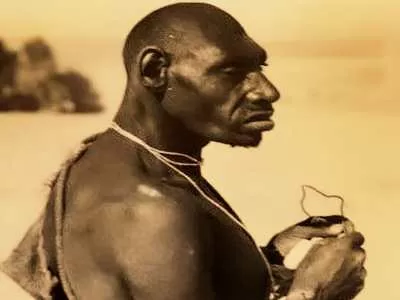
In the years following Azzo Bassou’s death, scientific understanding of his condition began to evolve. It became clear that Azzo’s appearance and behavior were not the result of him being a Neanderthal but rather a consequence of a medical condition known as microcephaly. Microcephaly is a condition in which a person’s head is smaller than normal due to abnormal brain development. This condition often leads to intellectual disability, developmental delays, and, in severe cases, seizures and abnormal muscle function.
Azzo Bassou’s primitive behavior, limited speech, and physical abnormalities were likely symptoms of microcephaly. At the time, the public had limited knowledge of this condition, and his unique traits were mistakenly attributed to his being an ancient human species. The debate over whether Azzo was a Neanderthal or simply a man suffering from microcephaly raged on for years. The extraordinary physical abilities exhibited by Azzo and his relatives further complicated the matter, as many cases of microcephaly do not result in enhanced physical strength.
Other Cases of Microcephaly and the Search for Answers
Azzo Bassou was not the only individual to be mistaken for a missing link or an ancient human ancestor. Three brothers in India were also reported to have similar physical characteristics and behavior, but little is known about their case. The causes of microcephaly can vary and may include infections during pregnancy, malnutrition, or exposure to toxins. Symptoms of the condition can range from mild intellectual disability to severe developmental delays.
The case of Azzo Bassou serves as a reminder of how little we understood about certain medical conditions during the early 20th century. While he was initially hailed as a scientific marvel and the potential key to unlocking the secrets of human evolution, Azzo’s story ultimately highlights the dangers of jumping to conclusions without sufficient evidence.
The Legacy of Azzo Bassou
Today, we know that Azzo Bassou was not the missing link between humans and their apelike ancestors. Instead, he was a man who lived with a rare and misunderstood condition. His story is a testament to the fascination with human origins and the lengths to which people will go in search of answers. It also underscores the need for careful scientific inquiry and skepticism when evaluating extraordinary claims.
The mystery surrounding Azzo Bassou may have been solved, but the search for the missing link in human evolution continues. While science has made great strides in understanding the origins of our species, the discovery of new fossils and ancient human relatives keeps the search alive. Azzo’s story is a reminder that the truth may be stranger—and more complicated—than fiction.
Conclusion
Azzo Bassou’s story serves as both a cautionary tale and a fascinating chapter in the history of anthropology. It shows how easily people can be swept up in sensationalism when searching for answers to life’s biggest questions. While we may never know all the details of Azzo’s life, his story reminds us that sometimes the most extraordinary mysteries have ordinary explanations. And in the end, science must prevail over speculation.
